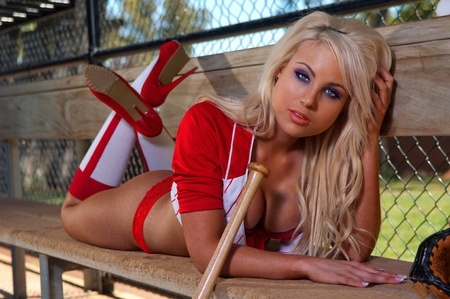The Bettors Edge: MLB Home Plate Umpires and the Total Line
When it come to handicapping a MLB matchup an important factor that you want to take into consideration is who will be behind home plate calling balls and strikes. While this information is normally not released for the first game of a new series, it is known for the rest of the games as that series’ umpiring crew will follow a set rotation from that point on.
The human element is a big part of the effect that a home plate umpire can have on the outcome of a game because even though the strike zone is objectively set, it is often times subjectively interpreted between one umpire and the next. If he employs a tighter strike zone, then the edge goes to the better hitting team. If he has a tendency to expand the boundaries, then the team with the better pitching might end up benefitting more.
Where the home plate umpire can have the biggest influence on the outcome is on the ‘total line’ for a game for all the same reasons mentioned above. Tracking an umpire’s performance against the total line is as common a statistic in Major League Baseball as knowing a pitcher’s ERA or a hitter’s batting average and once the new season gets about 30 or 40 games under its belt, their overall stats should be incorporated into your handicapping efforts for any matchup that you might choose to wager on.
Looking back at last season’s results, you could have made a killing if you would have bet the “over” on every game that Paul Emmel was calling balls and strikes. In 32 games, the total went over in 27 of them so that means a $100 bet on each contest would have translated into a net profit of $2,150 over the course of the season. If you were looking for an umpire that favored the under, then you would have a couple to choose from. The total stayed under in 23 of the 32 games that Dan Bellino called (73.3 percent) and in nine of the 32 games that Jeff Kellogg spent behind home plate (71.9 percent). Ron Kulpa (70.9 percent) and Mike Winters (68.8 percent) also heavily favored the under last season.
The key is to study the statistics for the past few seasons to see if any specific trends emerge for a particular umpire. For example, in 2011 Bellino was behind home plate in 33 games and the total stayed under in 20 of them.

